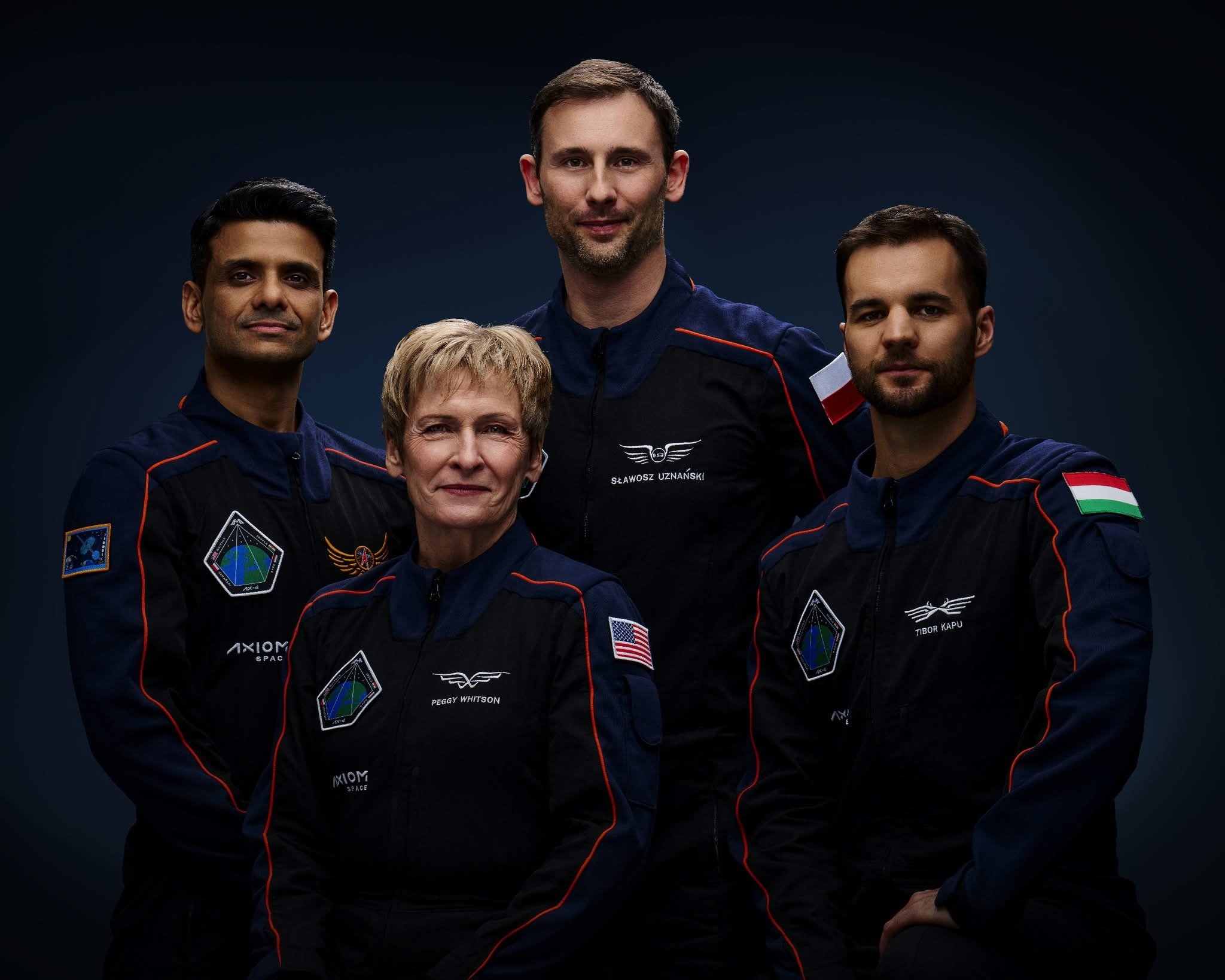Hungary’s second astronaut, Tibor Kapu, visited SZTE with mission partner Gyula Cserényi
Hungary’s second national astronaut, mechanical engineer Tibor Kapu, and his mission partner, Gyula Cserényi, visited the University of Szeged on Monday to share insights from their recent space mission and their work with the country’s HUNOR space program.
Kapu, who spent 20 days, two hours, and 59 minutes aboard the International Space Station this summer as part of the Ax-4 mission, was joined by Cserényi, an electrical engineer who served as his backup and supported the mission from ground control. Their visit to the József Attila Study and Information Center drew students, researchers, and space enthusiasts eager to hear firsthand accounts from Hungary’s latest spaceflight.
Kapu was selected in May 2024 as Hungary’s first professional research astronaut from the HUNOR program, launched to revive the nation’s presence in space exploration after a 45-year hiatus. Following several delays, he launched on June 25, 2025, and returned to Earth on July 15.
During the mission, Kapu carried out 25 scientific experiments, including three developed by the University of Szeged’s Interdisciplinary Center of Excellence for Research, Development, and Innovation. In total, astronauts conducted 60 experiments from 31 countries aboard the ISS.
Kapu said the experience reinforced his belief in the quality of Hungarian education and research. “The training we receive at home is enough to hold your own as an astronaut on one of the world’s toughest stages,” he said, crediting his studies in Nyíregyháza and at the Budapest University of Technology and Economics.
Cserényi, who underwent the same astronaut training and isolation exercises as Kapu, described the program as “one of the most exciting chapters” of his life. “Right now, I feel I can overcome any obstacle,” he said, adding that the experience proved “we are capable of anything.”
The two astronauts emphasized the importance of lifelong learning, persistence and teamwork in achieving success. Cserényi said his role was to provide both technical and emotional support during the mission, ensuring that “everything ran as smoothly as possible.”
Hungary’s renewed participation in human spaceflight has drawn significant public attention, marking a milestone since Bertalan Farkas’s 1980 mission aboard Soyuz 36. Kapu and Cserényi’s collaboration, under the HUNOR program, is expected to serve as a foundation for future Hungarian participation in international space research.
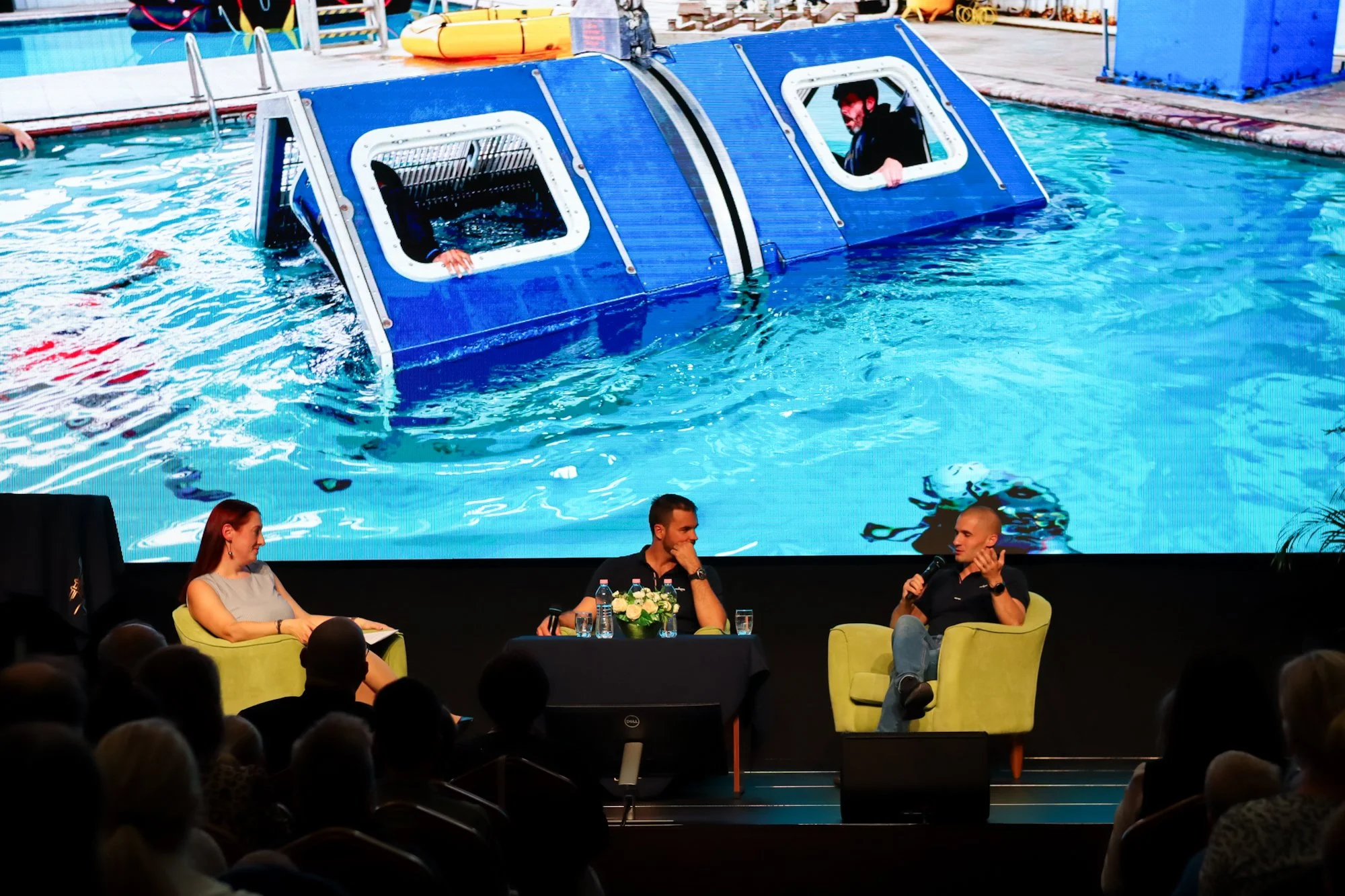
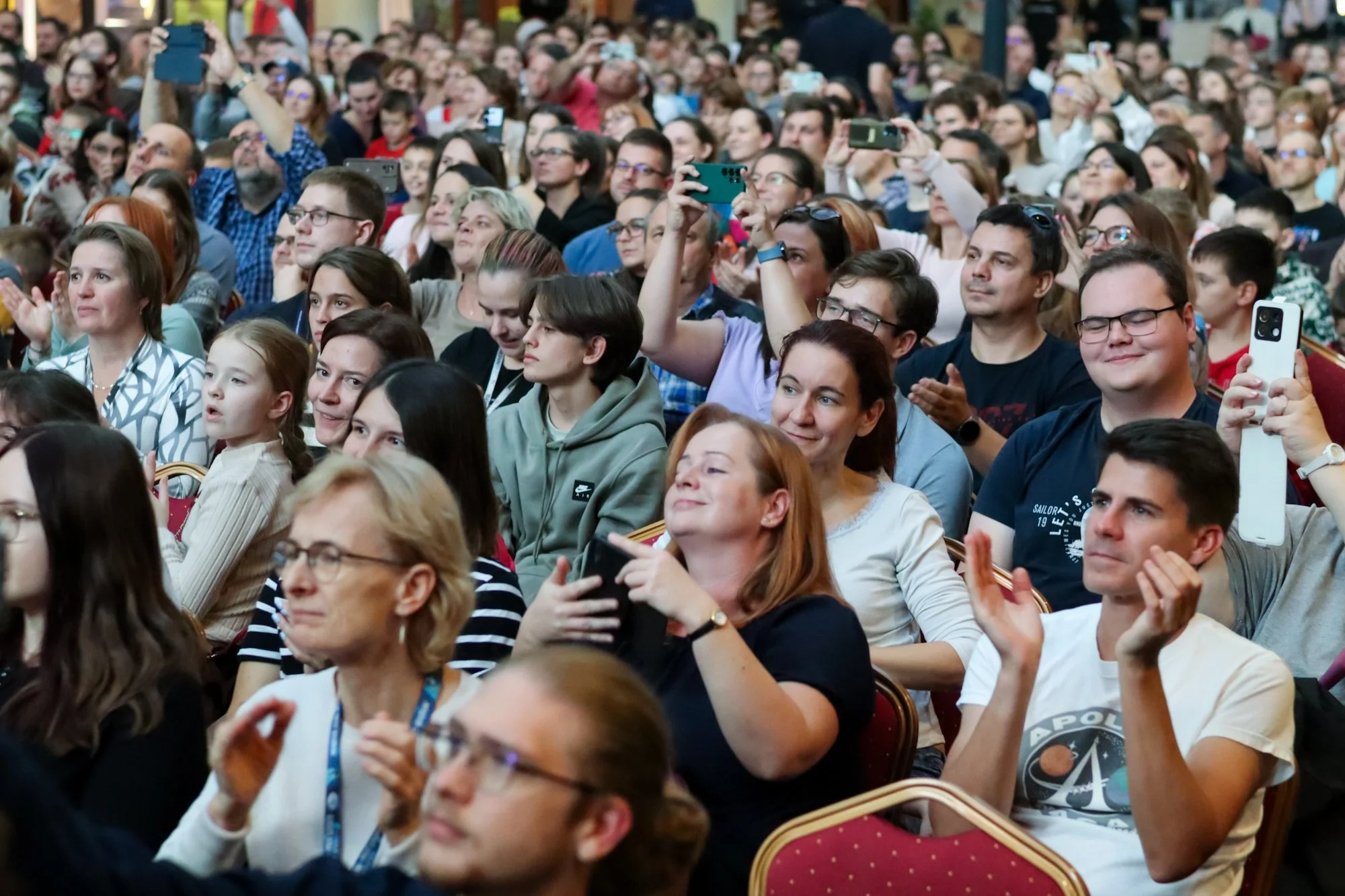
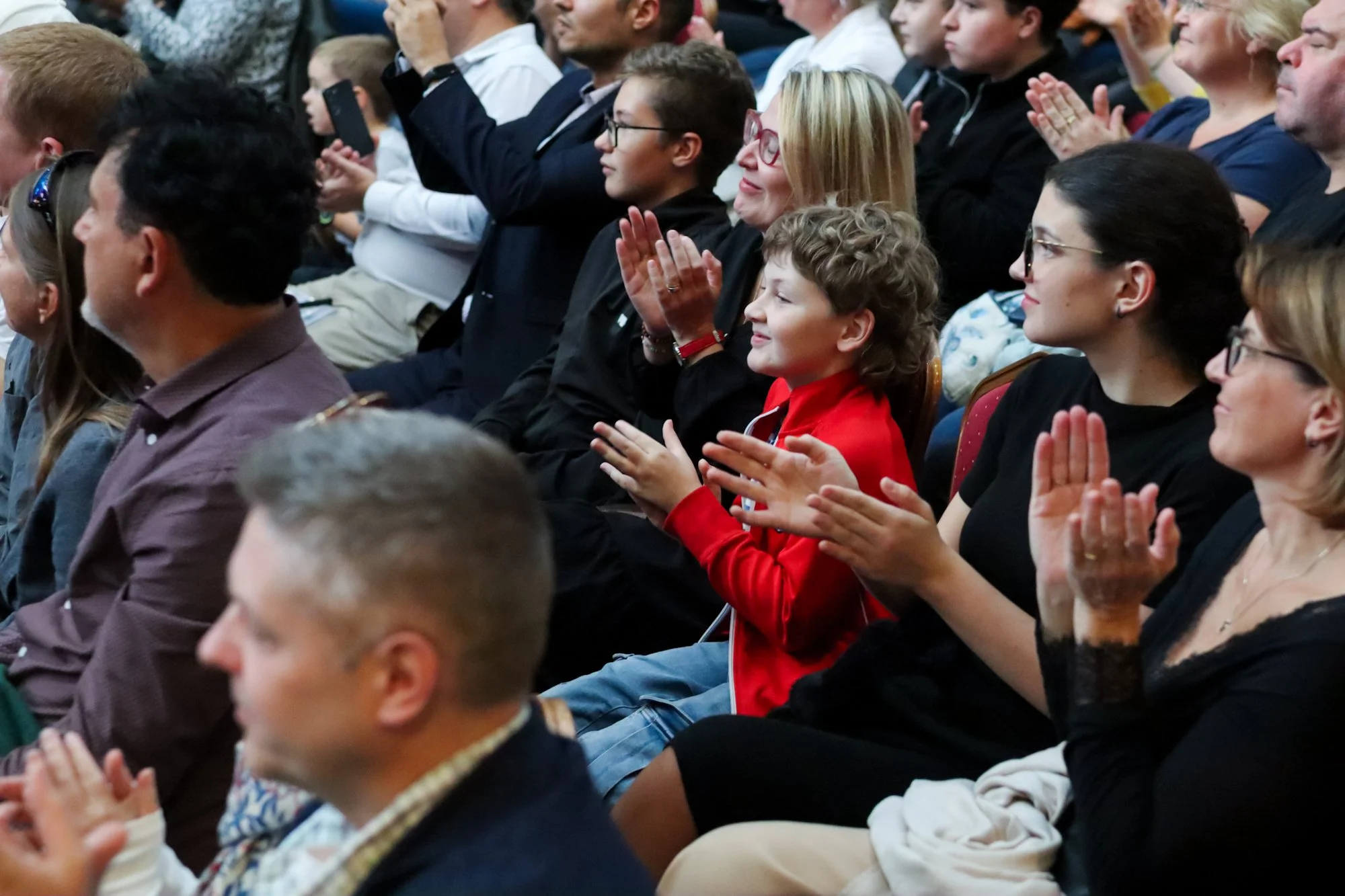
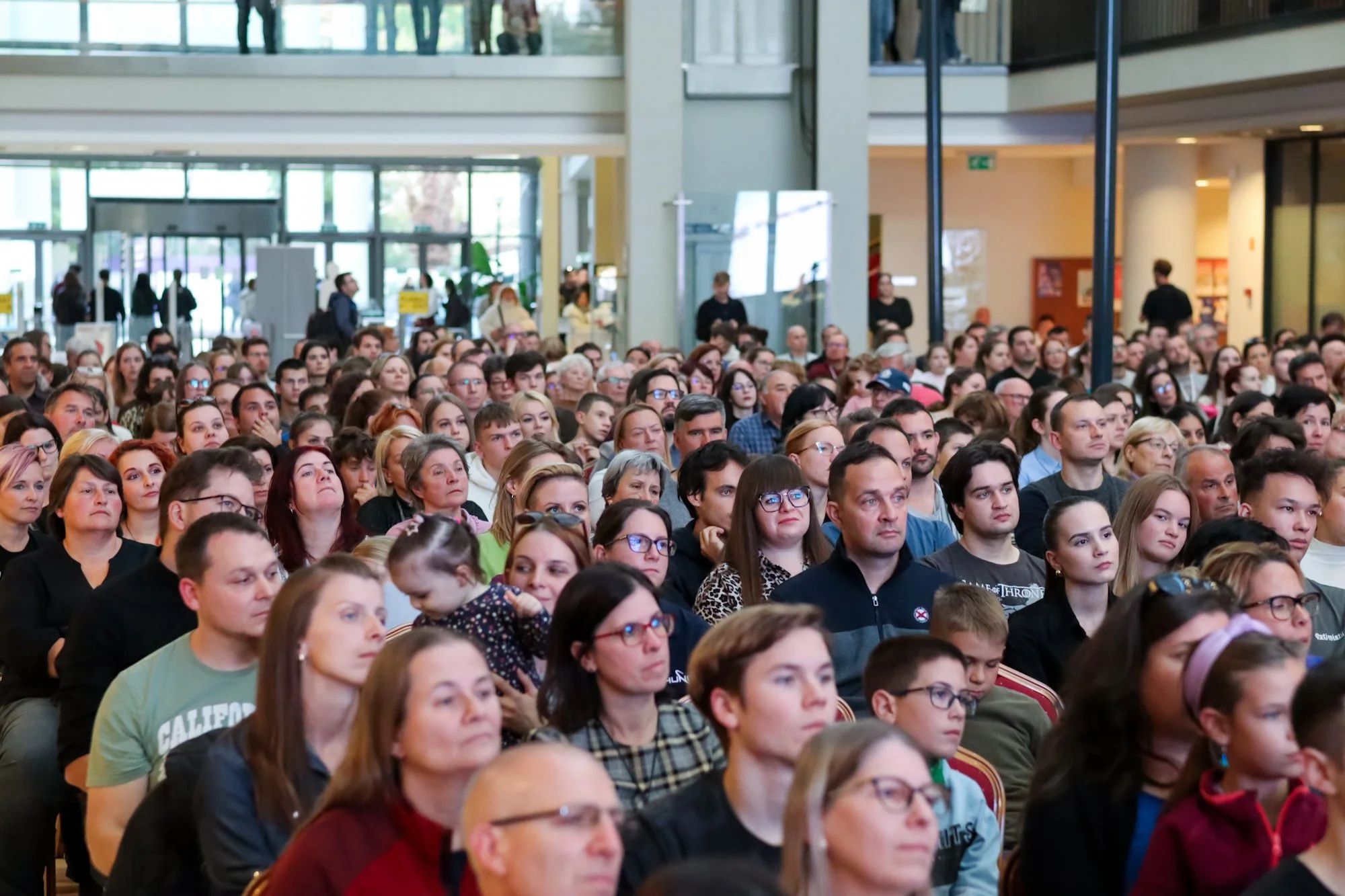
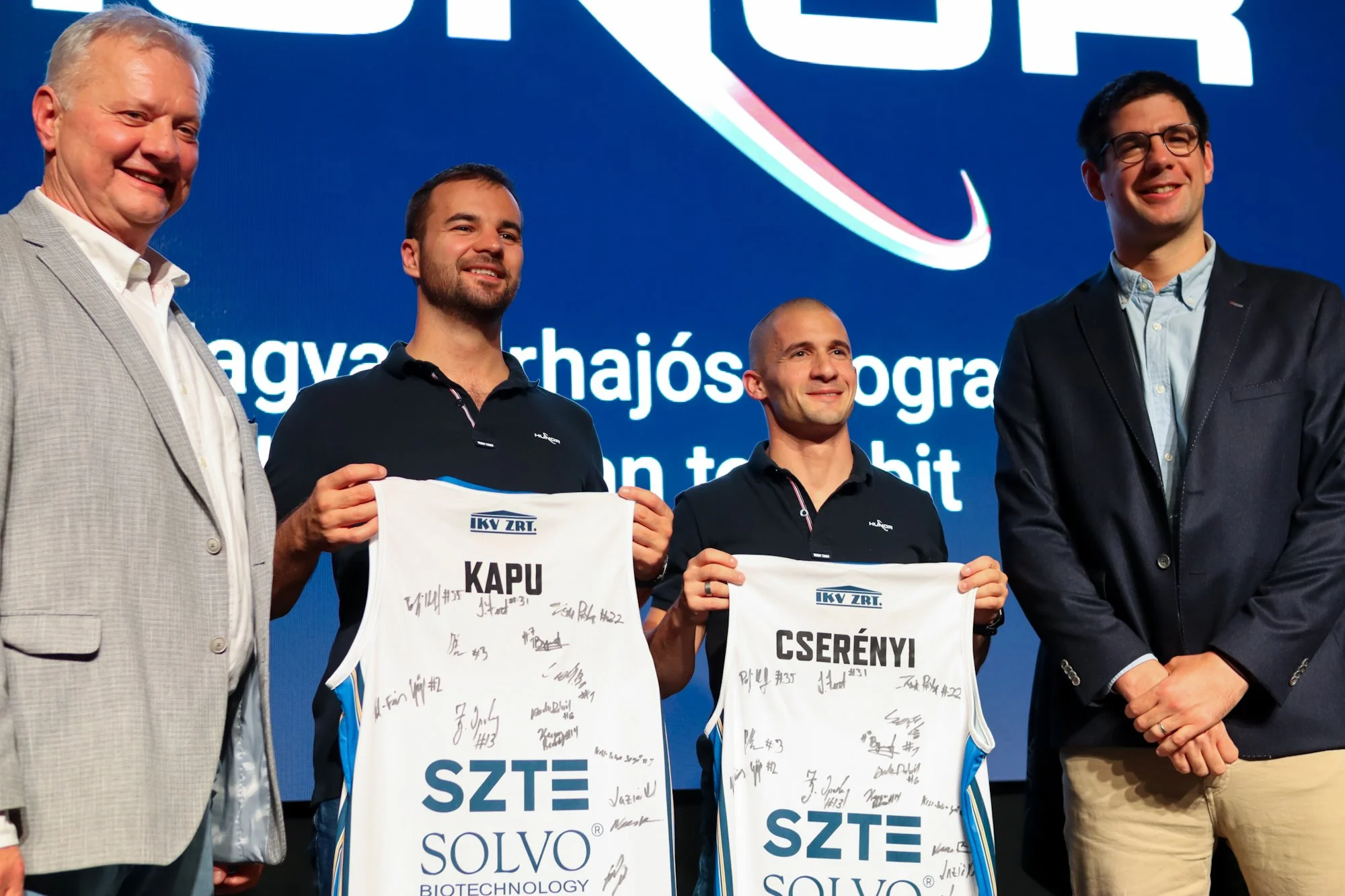
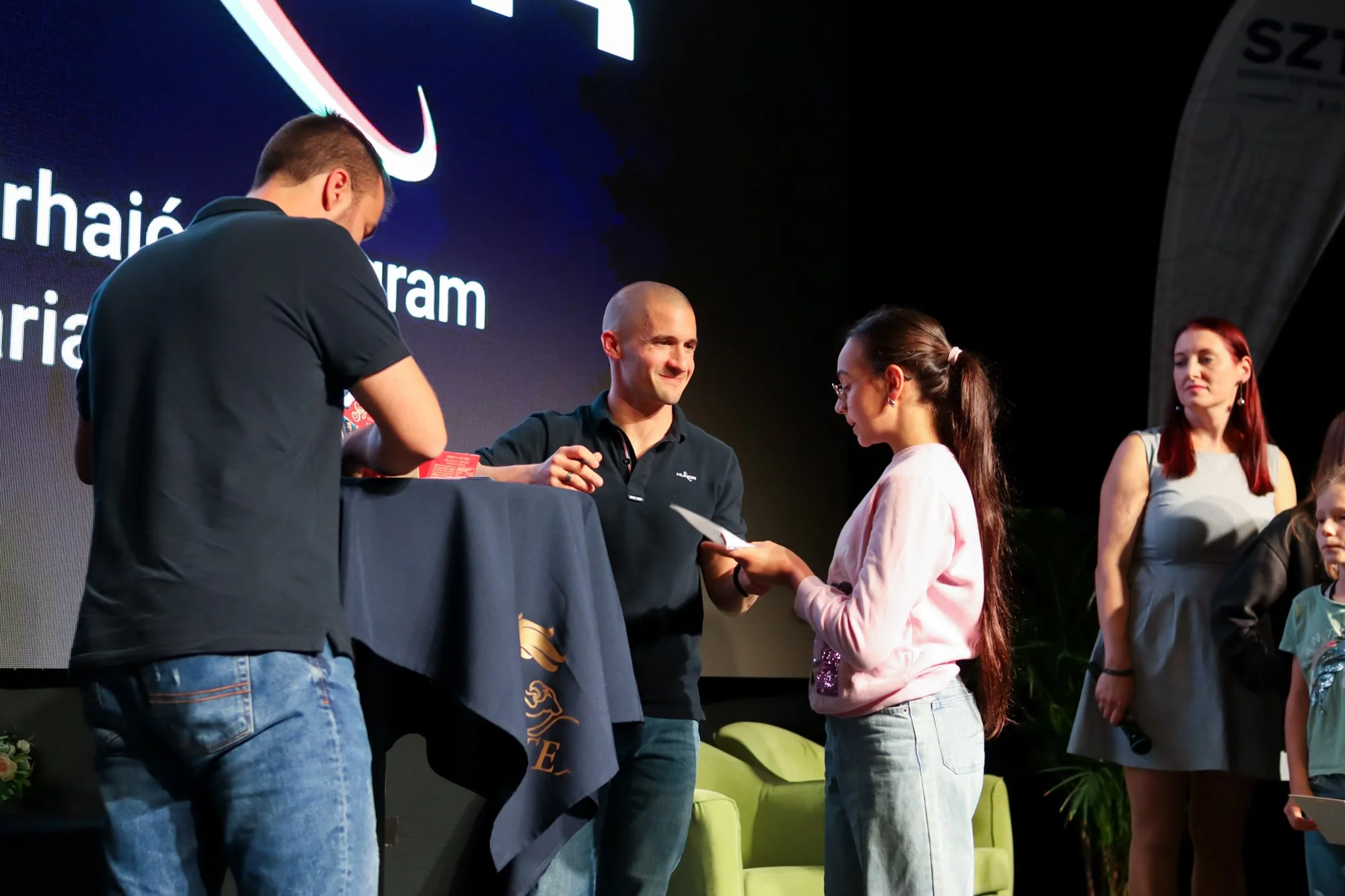
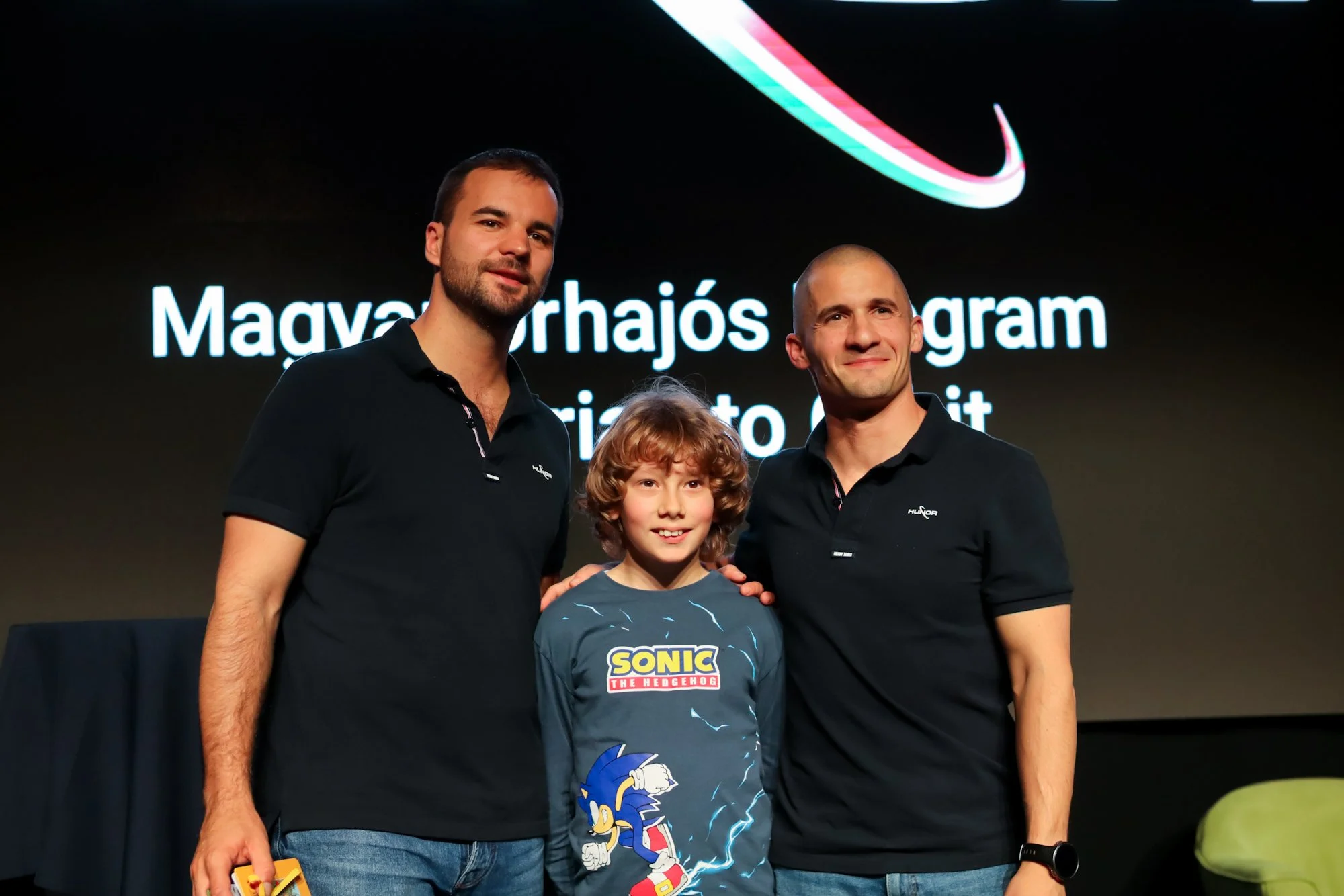
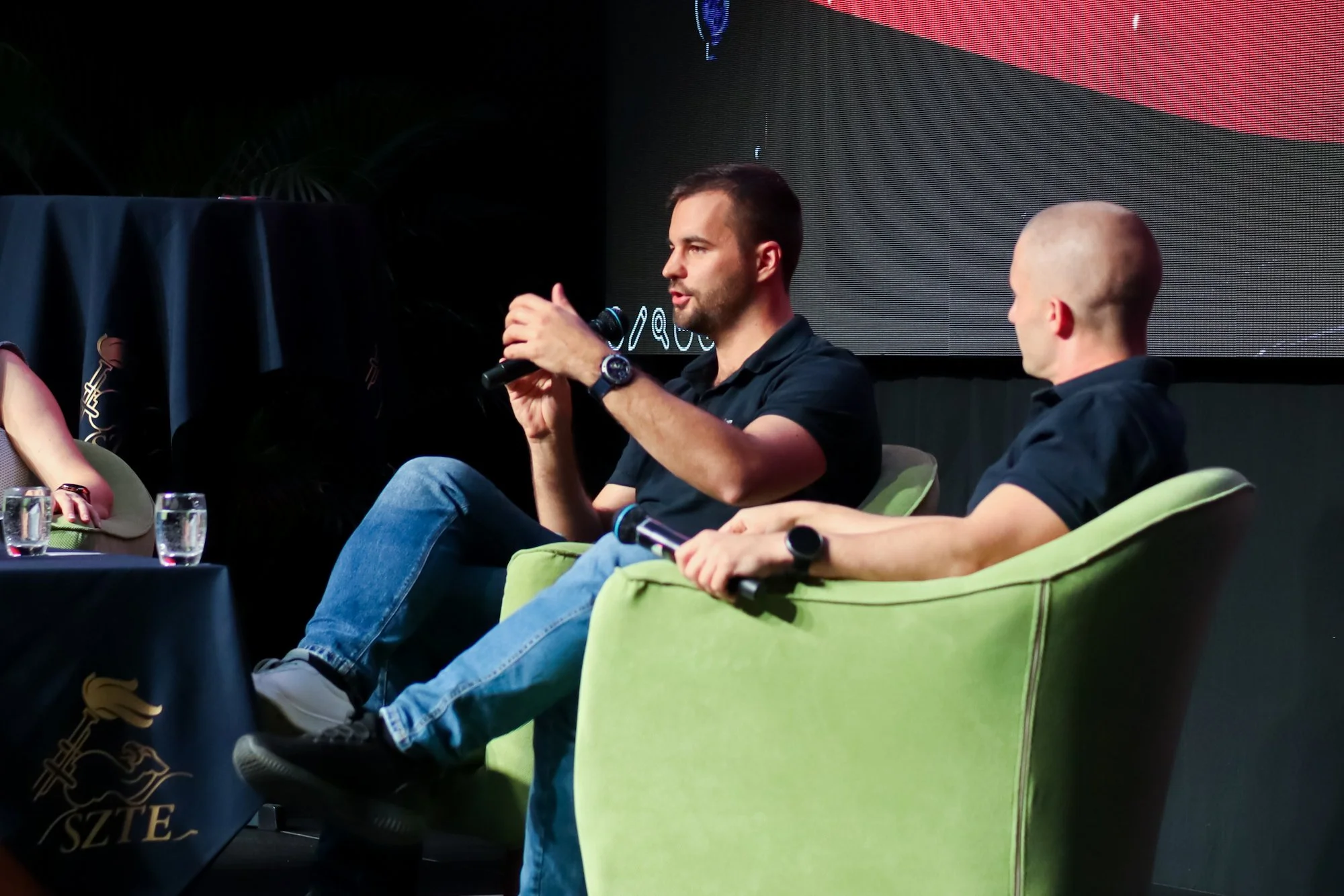
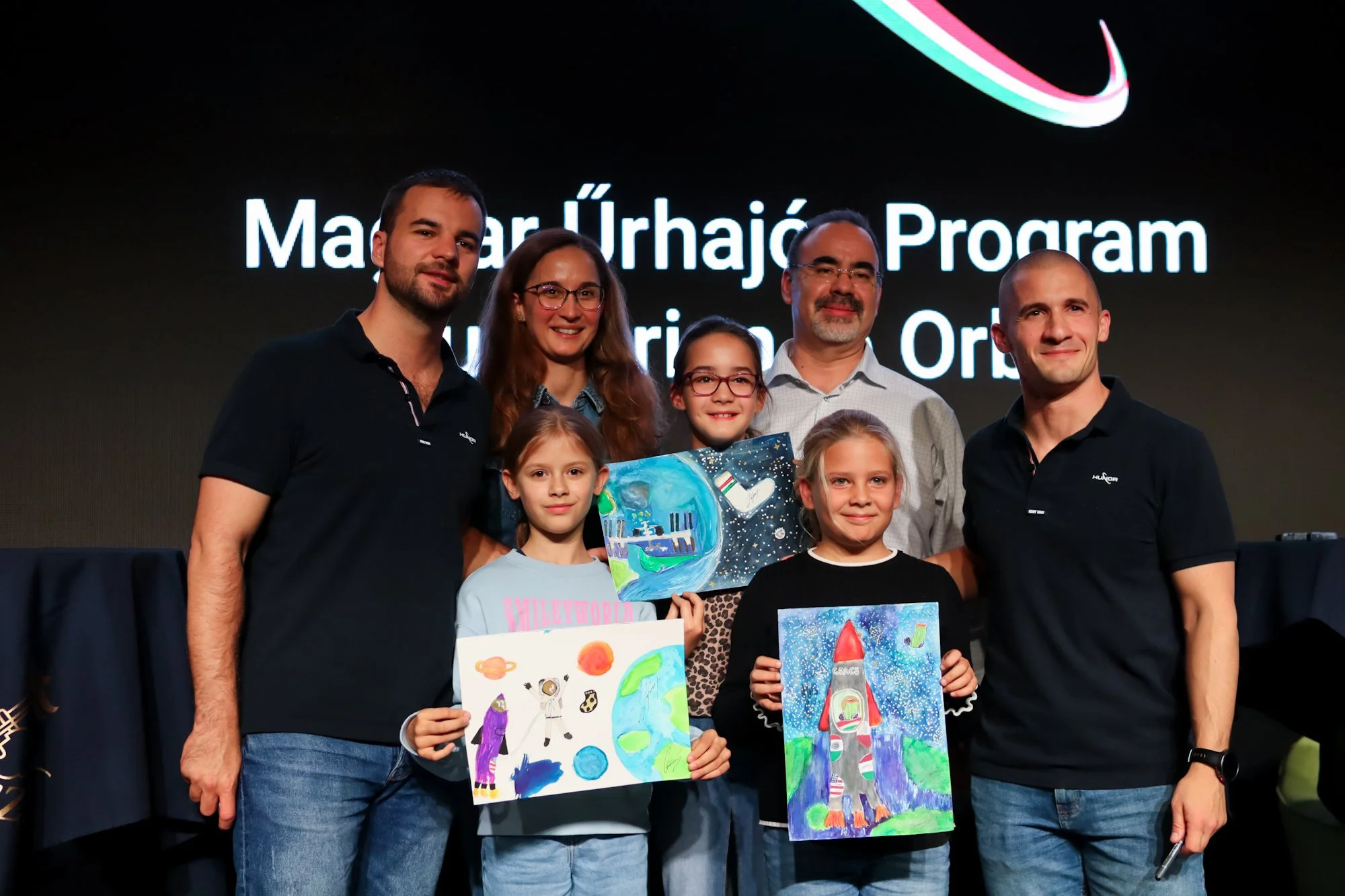
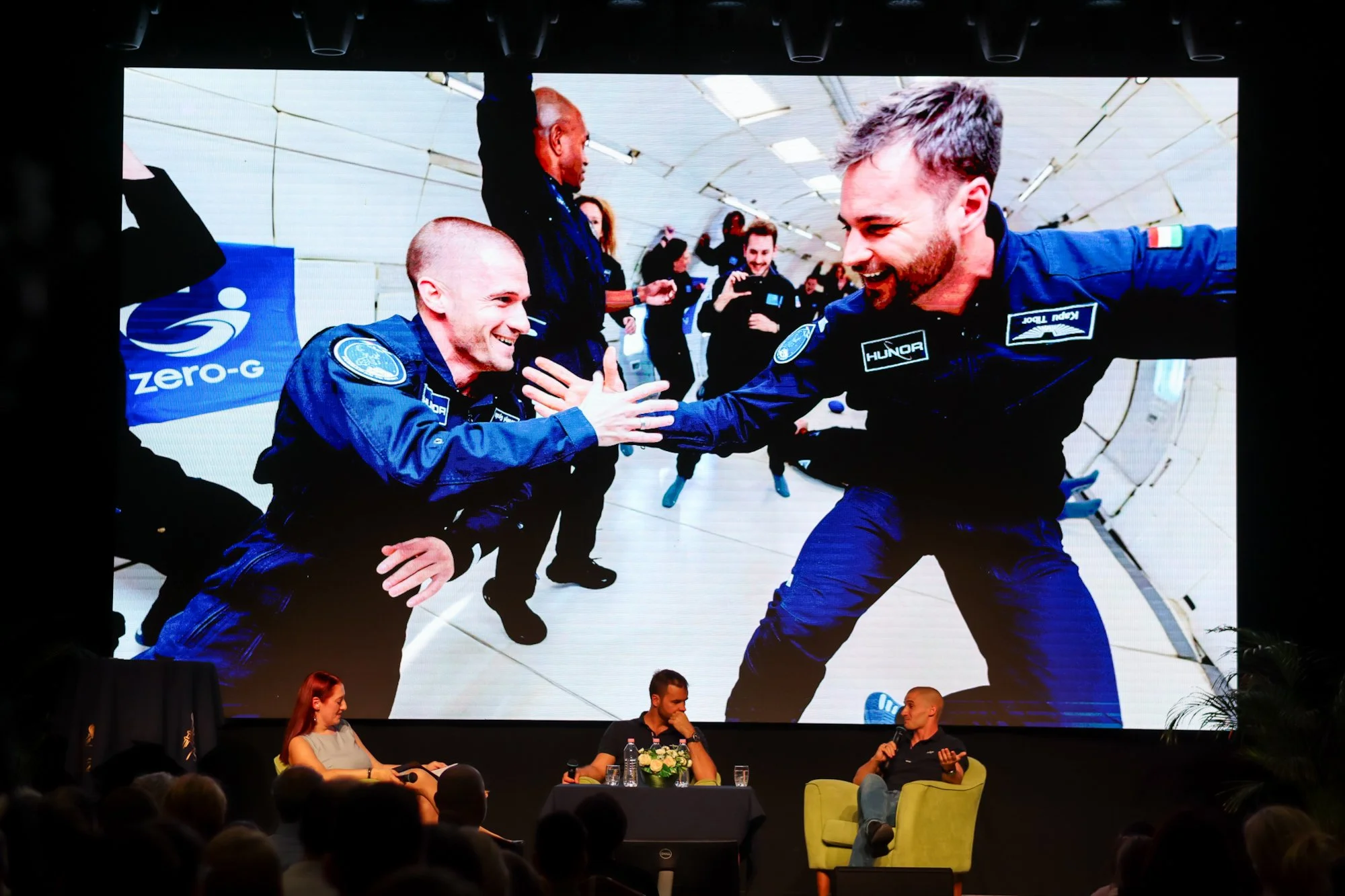
Photos: Szilvia Molnar / Szegedify

